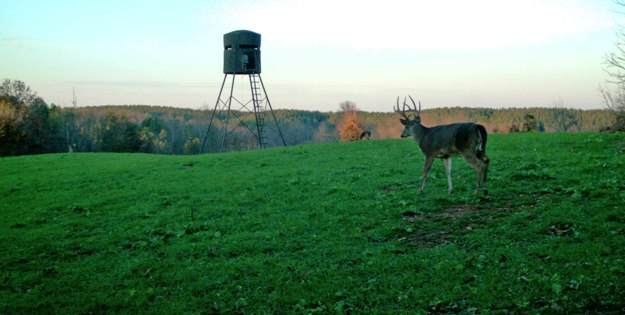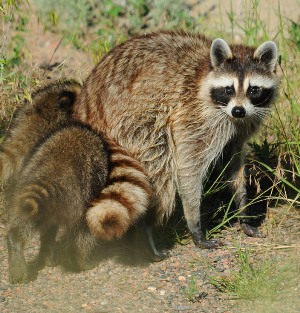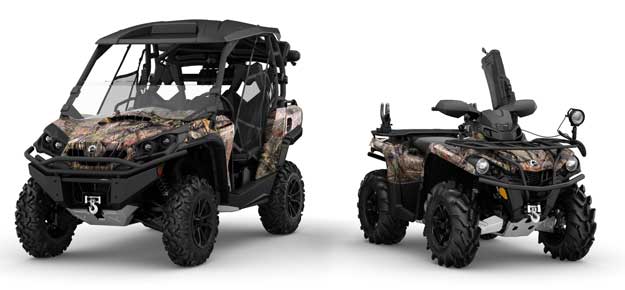
Predator control is limited by seasons and the individual state’s definition of predators, nuisance animals and non-game species. For instance, feral hogs are considered non-game species in many states and in some states can be harvested all year with a wide variety of hunting techniques. But other states may have season and bag limits on feral hogs. Some states list bobcats on their predator lists and may have seasons and bag limits, while other states may have more liberal seasons and bag limits. Coyotes often can be taken at any time of the year and harvested at night and day in some places. So, before you remove a predator from your land, make sure what kind of predators you can take and their seasons, and what you can harvest by trapping and/or hunting.
 Early summer is a good time to rid your property of predators that detrimentally can impact many of your wildlife species. If you feel like predators are impacting the wildlife population on your land, talk with your county agent or wildlife department about getting nuisance permits for harvesting predators during the summer months. This past January when coon season was open, me and some friends did a very intensive coon eradication program to eliminate as many coons and ground nest predators as possible to increase the turkey and quail population. In the spring, we definitely saw positive results from our predator control efforts. Remember too that coyotes catch and kill turkey poults as well as newborn deer fawns. Intensive tracking and shooting coyotes can help increase the amount of wildlife on your property.
Early summer is a good time to rid your property of predators that detrimentally can impact many of your wildlife species. If you feel like predators are impacting the wildlife population on your land, talk with your county agent or wildlife department about getting nuisance permits for harvesting predators during the summer months. This past January when coon season was open, me and some friends did a very intensive coon eradication program to eliminate as many coons and ground nest predators as possible to increase the turkey and quail population. In the spring, we definitely saw positive results from our predator control efforts. Remember too that coyotes catch and kill turkey poults as well as newborn deer fawns. Intensive tracking and shooting coyotes can help increase the amount of wildlife on your property.
Probably one of the biggest wildlife problems that land managers have to face today is feral hogs that destroy turkey nests, kill and eat newborn deer fawns, compete with native wildlife for food and have the ability to displace deer in certain areas. Hog populations nationwide are on the increase, and the need for removing feral hogs from hunting lands is becoming more and more of a concern for wildlife managers. Feral hogs also will root up and destroy green fields and create other problems for hunters. Removal of these animals from land you try to manage for wildlife can be an effective tool to increase the amount of wildlife on the property you hunt. Even if you increase the amount of habitat and food on the properties you hunt but don’t implement some type of predator control, your land still can’t produce the maximum number of deer, turkey and wildlife that it has the potential to yield. Predator control also may be considered when conducting beaver removal in certain areas where beavers are damming up creeks and streams and flooding and killing hardwoods that provide food and cover for wildlife. To enjoy the most return for your wildlife management dollars, consider a strong predator removal program along with your wildlife planting initiative.
Day 3: What about the Birds?
Tomorrow: It’s Not Too Late to Plant to Increase the Wildlife You Hunt and Manage



























